Disclosure: This article contains affiliate links. We may earn a commission from purchases at no extra cost to you, which helps our travel content.
As I stand at the edge of Lake Erie, watching the sunset paint the sky in vivid oranges and purples behind Lorain's lighthouse, I'm reminded that the most profound travel experiences often happen closest to home. This small Ohio city might not make international 'must-visit' lists, but its rich tapestry of immigrant stories has captivated my curriculum developer's heart. Having documented architectural elements across Eastern Europe and Mediterranean villages, I found unexpected parallels in this Great Lakes port city. Lorain's neighborhoods tell a compelling story of resilience, cultural preservation, and the beautiful intersection of diverse traditions. What happens when eight major immigrant groups—Puerto Rican, Mexican, Hungarian, Polish, Romanian, Italian, German, and Greek—shape a single midwestern landscape? The result is a microcosm of American immigration history that offers families an accessible, educational, and surprisingly vibrant cultural adventure.
Lorain's Industrial Roots: The Architecture of Opportunity
The story of Lorain's cultural landscape begins with steel and shipbuilding—industries that once beckoned immigrants from across the globe with the promise of stable work. As a curriculum developer who has spent decades documenting how built environments reflect human stories, I found myself mesmerized by the city's industrial architecture.
The massive Black River Landing area, once bustling with shipyard activity, now serves as both historical monument and community gathering space. Walking through the repurposed industrial zones, I couldn't help but trace mental connections to similar post-industrial spaces I've explored in Eastern European cities like Gdańsk or Rijeka—places where working-class histories are honored rather than erased.
The Carnegie Library building stands as perhaps my favorite architectural testament to Lorain's immigrant story. Built in 1903 with funds from industrialist Andrew Carnegie, this neoclassical structure was designed specifically to serve as an educational beacon for immigrant families. Standing beneath its restored dome, I imagined newly arrived families from across Europe and later Latin America, using this space to navigate their new American identities while preserving connections to their homelands.
For families visiting Lorain, these industrial spaces offer powerful teaching moments about American immigration history that feel far more tangible than textbook accounts. My compact binoculars proved invaluable for spotting architectural details on higher buildings and observing lake freighters that still navigate these waters—a living connection to the city's industrial past.
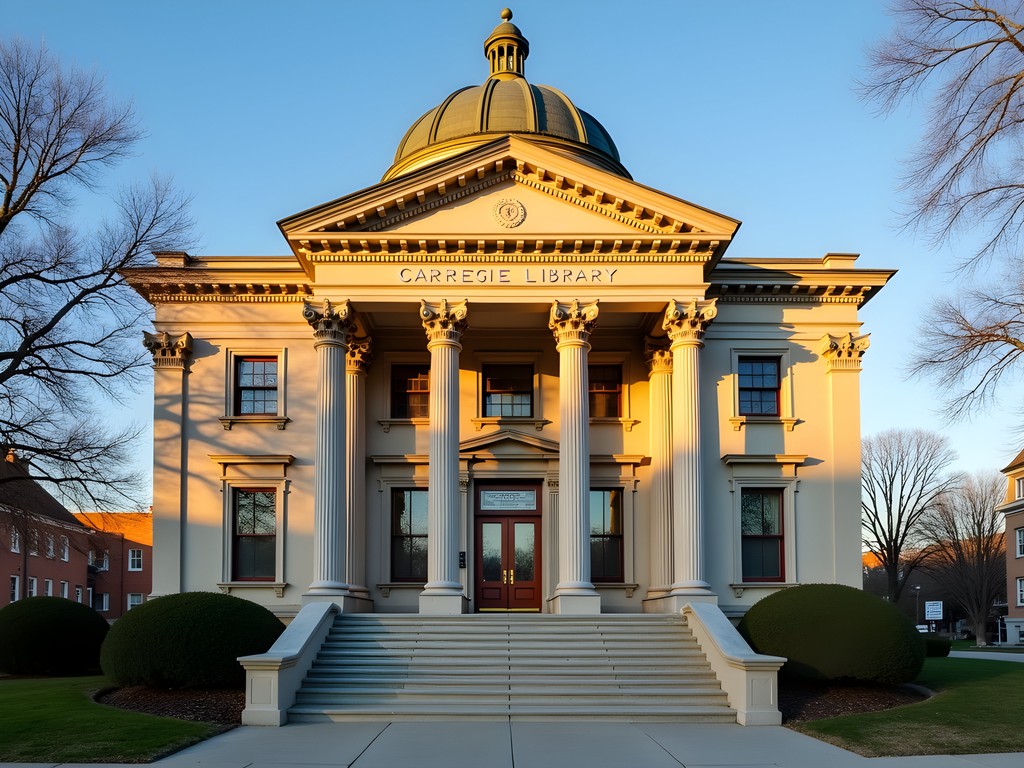
💡 Pro Tips
- Visit the Lorain Historical Society's Carnegie Center on a Tuesday when volunteer docents (often descendants of original immigrant families) share personal stories
- The Black River Landing area hosts frequent cultural events—check their calendar before planning your trip
- Early mornings offer the best light for photographing industrial architecture against Lake Erie
A Culinary Journey Through Immigrant Kitchens
If architecture tells the story of Lorain's immigrant past, its food reveals how these cultural traditions remain vibrantly alive. Having grown up in an Italian-American household where food was our love language, I've always believed that authentic cuisine offers the most direct connection to cultural heritage.
Lorain doesn't disappoint in this regard. The city hosts a remarkable collection of family-owned eateries where recipes have been preserved across generations. Rather than creating fusion dishes that blur cultural distinctions, many of Lorain's restaurants proudly maintain traditional preparation methods that would make their Old World ancestors proud.
My culinary exploration began at Fligner's Market, a century-old institution that serves as both grocery store and community hub. Here, I watched Hungarian grandmothers selecting paprika, Puerto Rican families choosing the perfect plantains, and Italian nonnas inspecting tomatoes with discerning eyes. The market offers an excellent starting point for understanding how immigrant food traditions have remained intact.
From there, I embarked on what locals call the 'International Restaurant Trail'—an informal circuit of family-owned establishments representing Lorain's cultural mosaic. At Gyros & More, Greek traditions shine through in hand-stretched phyllo dough. At Mutt & Jeff's, Polish pierogi recipes dating back generations come served with stories of steel mill lunches. And at Cesar's Place, Puerto Rican mofongo arrives at your table with the same care as when it was served in San Juan decades ago.
For families visiting Lorain, I recommend bringing along a food journal to document the dishes you try and the stories behind them. My own journal has become a treasured record of culinary discoveries across continents, and Lorain deserves its own dedicated pages.
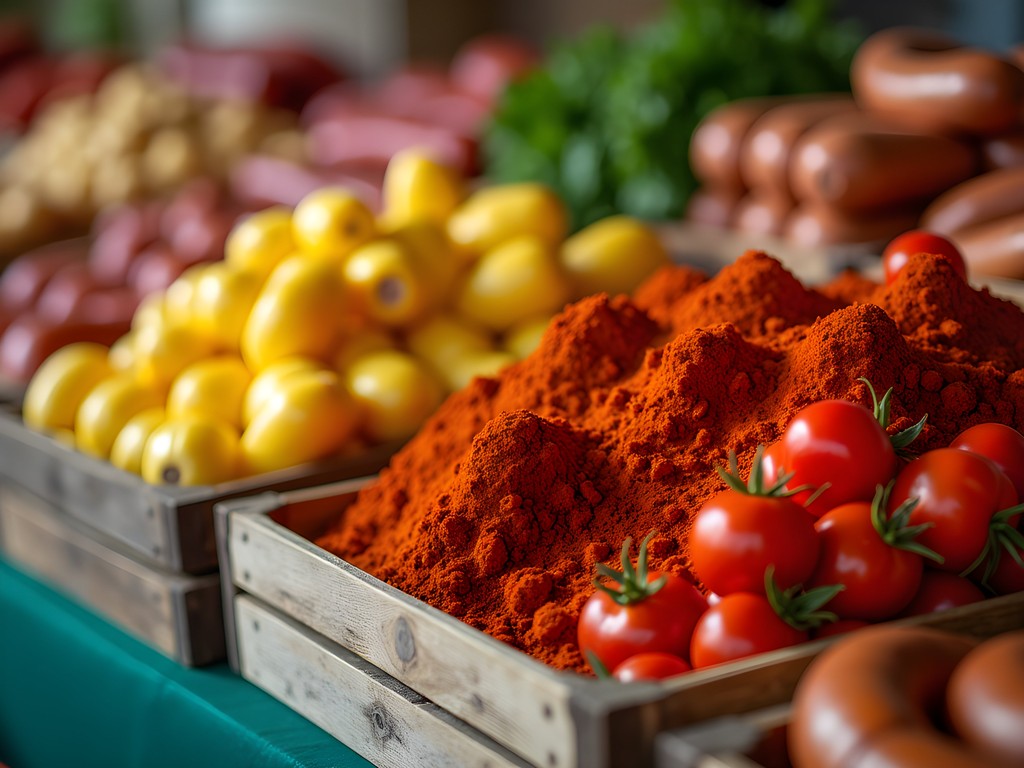
💡 Pro Tips
- Visit Fligner's Market on Saturday mornings when cooking demonstrations often feature traditional ethnic recipes
- Many family restaurants close between lunch and dinner—plan accordingly or call ahead
- Ask restaurant owners about the history behind specific dishes—most are delighted to share family stories
Festivals as Living Heritage: The Lorain International Festival
If you're fortunate enough to visit Lorain during late June, you'll encounter what locals consider the crown jewel of their cultural calendar: the Lorain International Festival. Now in its fifth decade, this celebration represents something increasingly rare in our homogenized world—authentic cultural expression rather than commercialized entertainment.
Having documented folk traditions across four continents, I approach cultural festivals with both enthusiasm and a critical eye. Too often, such events become performative displays that bear little resemblance to lived cultural practices. The Lorain International Festival stands apart precisely because it remains community-driven, with each ethnic group taking genuine pride in presenting their heritage accurately.
The festival unfolds across multiple venues, but centers around a sprawling bazaar at Black River Landing where each cultural community maintains a pavilion. These aren't simply food booths (though the cuisine is exceptional)—they're comprehensive cultural showcases featuring traditional crafts, historical displays, language demonstrations, and folk performances.
What struck me most was the intergenerational nature of participation. While elderly community members share traditional skills like Hungarian embroidery or Italian pasta-making, teenagers proudly perform folk dances in traditional costumes. This living transmission of cultural knowledge feels increasingly rare in our digital age.
For families visiting during festival time, I recommend purchasing the passport program offered at the entrance. Children receive stamps and educational materials at each cultural pavilion, creating both a meaningful souvenir and a structured learning experience. My own journal contains pressed flowers from similar festivals across Europe—tangible memories of cultural encounters that digital photos can't quite capture.
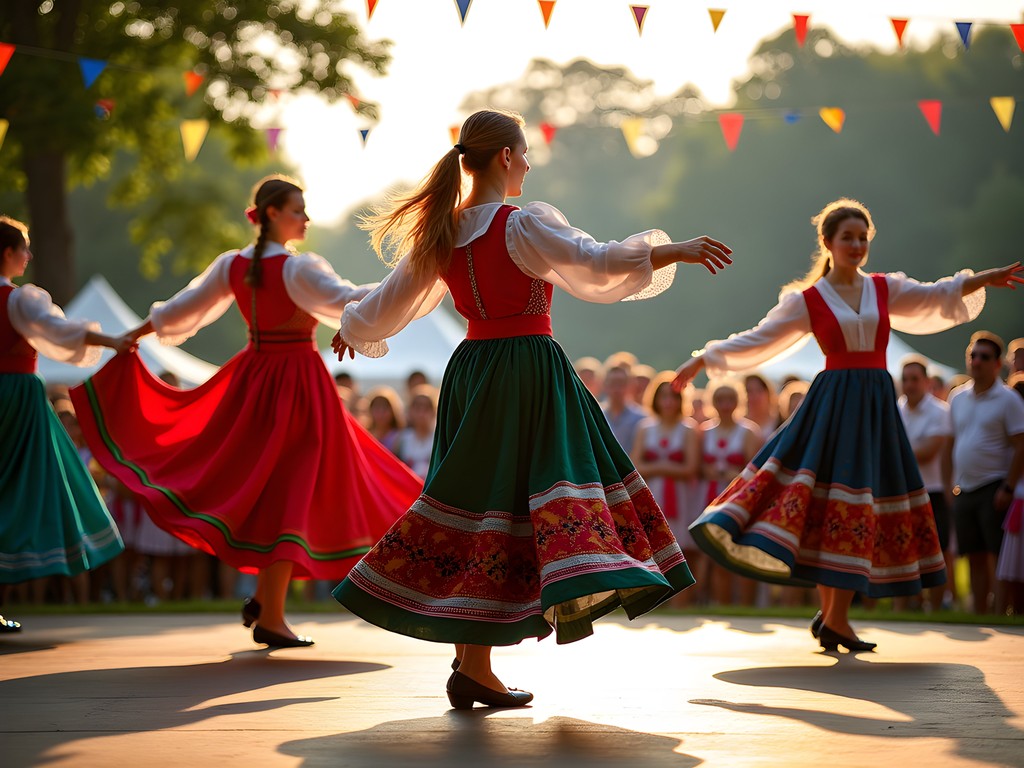
💡 Pro Tips
- The festival runs for 10 days in late June, but the central weekend features the most comprehensive programming
- Evening performances often showcase the most authentic traditional music and dance
- Each year features a different spotlight nationality with expanded programming—check the website for this year's featured culture
Sacred Spaces: Houses of Worship as Cultural Archives
In my years documenting architectural heritage across Scandinavia and the Mediterranean, I've found that houses of worship often preserve cultural elements long after other traditions have faded. Lorain exemplifies this pattern through an extraordinary collection of ethnic churches and temples that serve as living museums of immigrant heritage.
What makes Lorain's religious architecture particularly fascinating is how these buildings reflect both cultural preservation and adaptation. Many structures were built by immigrant laborers using traditional Old World techniques, yet incorporate distinctly American elements—a physical manifestation of immigrant communities navigating dual identities.
St. Ladislaus Church stands as perhaps the most striking example. Constructed by Hungarian immigrants in 1924, its exterior follows traditional Magyar church design, while interior murals depict Hungarian saints alongside scenes from American history. This visual dialogue between heritage and new homeland creates a poignant architectural narrative.
Similarly, the Romanian Orthodox Monastery maintains Byzantine architectural traditions that would be at home in Transylvania, yet its community room displays photographs documenting Romanian-American contributions to Lorain's steel industry. These spaces tell complex stories of cultural negotiation that resonate far beyond their religious functions.
Many churches welcome respectful visitors outside of service times, though I recommend contacting them in advance. During my visit, I was fortunate to meet elderly caretakers who shared family immigration stories spanning three generations. These encounters provided context that no guidebook could offer.
For photographing these architectural treasures, I relied on my travel tripod to capture the often-dim interiors without flash (which can damage historic art and be disruptive in sacred spaces). The lightweight design made it easy to carry between sites while exploring Lorain's neighborhoods on foot.

💡 Pro Tips
- Call churches at least a day ahead to arrange visits—many are maintained by volunteers with limited hours
- Learn a few greeting words in the relevant language—this small gesture is deeply appreciated by elderly caretakers
- Look for community bulletin boards in church vestibules which often list cultural events not advertised elsewhere
Storytelling Through Objects: Lorain's Community Museums
Beyond its architecture and cuisine, Lorain's immigrant heritage finds powerful expression through community-curated collections housed in modest but meaningful museums. As a curriculum developer who has long been fascinated by how objects tell stories, I found these small-scale exhibitions particularly moving.
The Moore House Museum serves as the anchor of Lorain's preservation efforts, housing the Historical Society's main collection. Rather than attempting a comprehensive history, the museum wisely focuses on immigration narratives through carefully selected artifacts. Work uniforms, naturalization papers, and handwritten recipe books speak volumes about the immigrant experience.
What distinguishes Lorain's approach to historical preservation is its emphasis on distributed curation. Beyond the main museum, numerous cultural centers maintain specialized collections reflecting specific immigrant groups. The Hungarian Cultural Center's display of traditional folk costumes, the Italian-American Veterans Post's World War II memorabilia, and the Puerto Rican Home's collection of migration documents each tell distinct chapters of the larger story.
For families visiting with children, these smaller museums often prove more engaging than larger institutions. The intimate scale and personal connections create meaningful learning experiences. Many centers offer hands-on activities where children can try traditional crafts or participate in cultural practices.
I recommend bringing along a pocket audio recorder to capture the stories shared by volunteer docents—many of whom are direct descendants of the immigrants whose artifacts they preserve. These oral histories contain details and emotional nuances that written placards simply cannot convey, and with permission, can become treasured souvenirs of your visit.
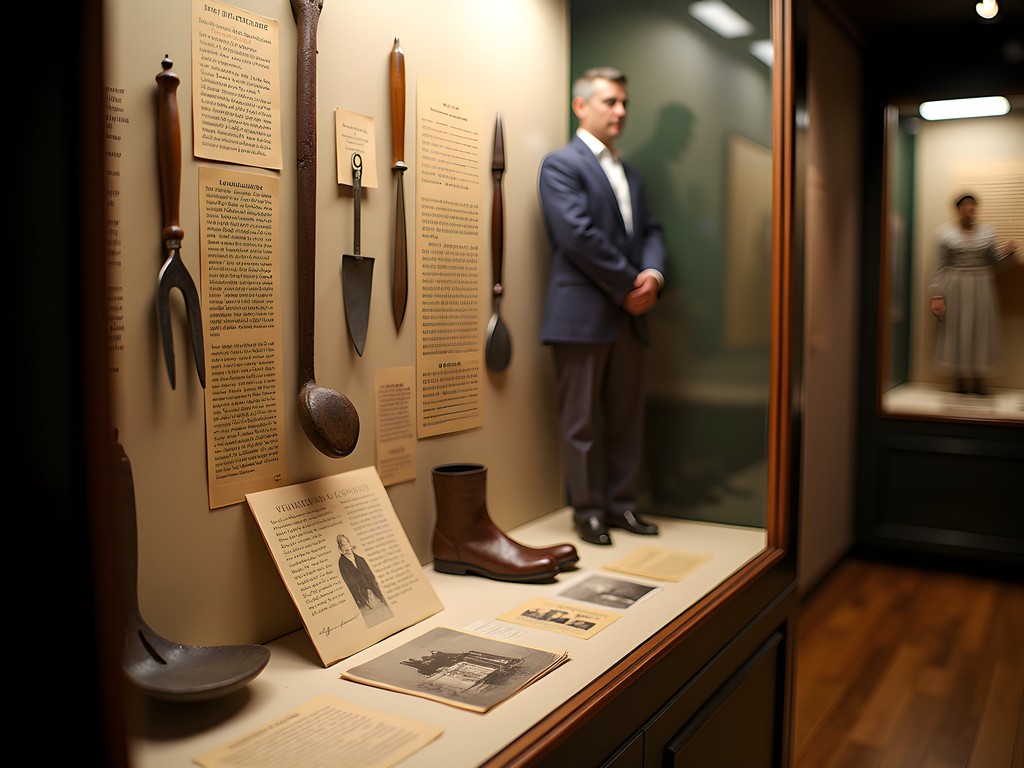
💡 Pro Tips
- Call ahead to confirm hours for smaller cultural museums as many operate with limited volunteer staffing
- Ask about hands-on activities for children—many centers offer traditional craft demonstrations not listed on their websites
- The Hungarian Cultural Center hosts excellent folk music performances on Sunday afternoons
Final Thoughts
As I bid farewell to Lorain from the vantage point of its historic lighthouse, I'm struck by how this unassuming Ohio city offers such a profound window into America's immigrant experience. In an era when global travel often means rushing between Instagram-worthy landmarks, Lorain invites us to slow down and discover the extraordinary stories hidden within ordinary places. What makes this destination particularly valuable for families is how it makes abstract concepts of immigration, cultural preservation, and American identity tangible through authentic encounters. Whether you're tracing your own heritage or simply seeking to understand our nation's multicultural foundations, Lorain's living museum of immigrant experiences offers lessons that resonate far beyond Ohio's shores. I invite you to explore this overlooked cultural treasure—not as a tourist, but as a student of the human stories that continue to shape our shared American narrative.
✨ Key Takeaways
- Lorain offers an accessible, budget-friendly window into America's immigrant experience through authentic cultural preservation
- The city's multicultural heritage is best experienced through its food traditions, architecture, and community-curated museums
- Summer visits coinciding with the Lorain International Festival provide the richest cultural programming
- Connecting with local residents—particularly elderly community members—provides the most meaningful insights into immigrant stories
📋 Practical Information
Best Time to Visit
Summer (June-August), with late June optimal for the International Festival
Budget Estimate
$500-800 for a family of four for one week (accommodations, food, and activities)
Recommended Duration
5-7 days
Difficulty Level
Intermediate

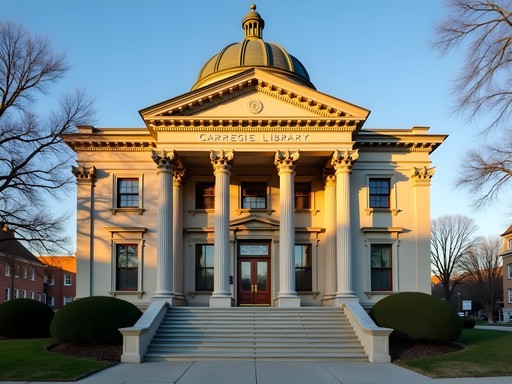
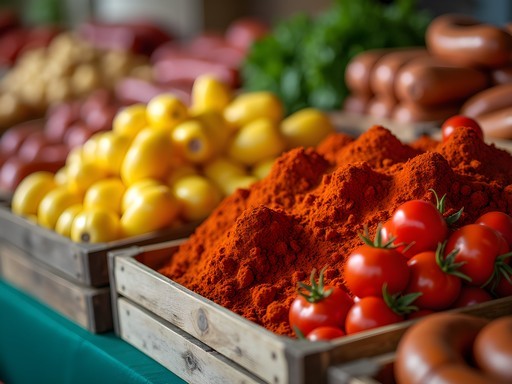


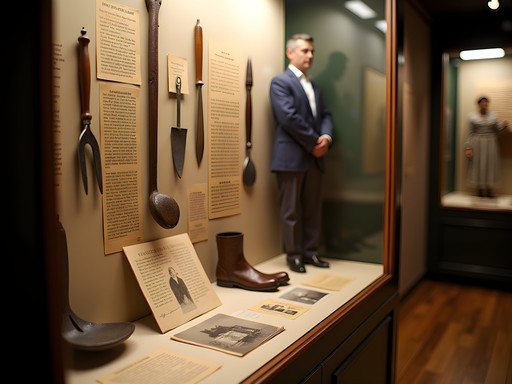



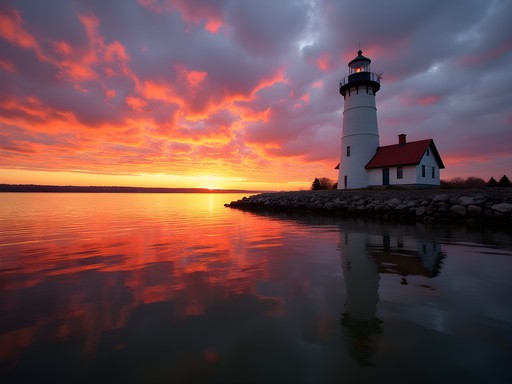
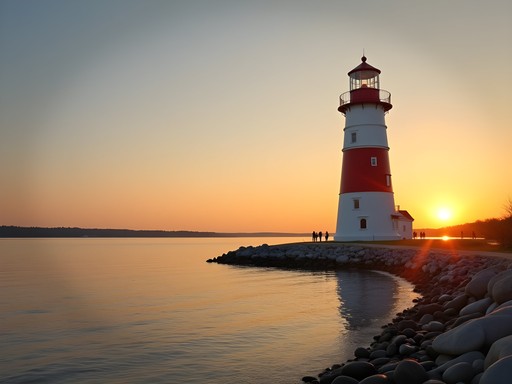





Comments
happyguy
My family is from Lorain! Great to see it getting some love. My Italian grandfather worked in the steel mills for 40 years. Those ethnic restaurants you mentioned are the real deal - especially Fligner's Market for the kielbasa and the Mexican bakeries on Pearl Avenue. If anyone's planning a visit, don't miss the lighthouse tour (best sunset views!) and check out the murals downtown that tell the immigrant stories. I took my kids last summer with my travel guidebook and we discovered so many hidden gems. The Black River Landing area has really been revitalized too.
summervibes3708
Thanks for the tips about the murals! Adding that to my list for sure.
Jean Wells
Angela, your analysis of Lorain's cultural landscape is remarkably insightful. The way you connected the architectural heritage to the immigrant experience particularly resonated with me. During my visit to Ohio's industrial towns last year, I was struck by how these communities preserve their cultural identities while evolving. The Hungarian Reformed Church you mentioned has stunning stained glass that tells a powerful migration narrative. I would add that the Black River Historical Society provides excellent context for understanding how these diverse communities shaped Lorain's development. Their archives contain fascinating oral histories from steel workers' families that complement your observations about the city's industrial foundations.
happyguy
Jean - did you try any of the Hungarian pastries while you were there? My grandparents were from Budapest and I'm always looking for authentic treats!
Jean Wells
Yes! I had incredible dobos torte at a small bakery near the church. I believe it was called Farkas Bakery. They also had excellent kifli cookies. Definitely worth seeking out if you visit!
summervibes3708
When's the best time to visit the Lorain International Festival? Thinking of planning a trip there this summer!
Jean Wells
The festival usually happens in late June. I attended in 2024 and it was a wonderful cultural immersion. Each year features different nationality spotlights, so check their official website before planning your trip. The parade and bazaar are highlights!
summervibes3708
Thanks so much! Will definitely look into June dates then.
sunsetdiver
Just visited Lorain last weekend after reading this! Pro tip: park at Lakeview Park and walk the beach path to the lighthouse for the best views. We also found a small Puerto Rican restaurant called Caribe Soul that wasn't mentioned in the article but was amazing. The owner told us stories about how the Puerto Rican community grew there in the 1950s when steel mills recruited workers. There's a small museum about immigration in the public library too - worth checking out!
moonninja
Thanks for the restaurant tip! Adding it to my list for next month's visit.
vacationlife
My grandparents immigrated from Italy and settled in Lorain in the 1950s to work in the steel mills. Your article brought tears to my eyes - especially the part about the Italian gardens behind the older homes. My nonna maintained one until she was 92! If anyone visits, don't miss the small Italian bakery on Pearl Avenue (can't remember the name) that still makes cookies exactly like my grandmother did. The Mexican section on 28th Street has some of the most authentic tacos I've had outside of Mexico too. Lorain might not be fancy, but its cultural authenticity is something special.
Angela Bianchi
Your comment means so much to me! I think you're referring to Faroh's Candies? Their Italian cookies are incredible. And yes, the gardens are such a beautiful tradition.
oceanwalker
When exactly is the Lorain International Festival held? Worth planning a trip around it?
Angela Bianchi
The festival is usually the last full weekend in June! Absolutely worth planning around - three days of amazing food, music, and cultural performances.
oceanwalker
Thanks! Marking my calendar for next summer.
Bryce Diaz
Angela, your piece on Lorain really resonates with me. I visited last summer while doing a Great Lakes tour and was similarly struck by the immigrant heritage. The Hungarian church you mentioned - St. Ladislaus - was a highlight for me too. The caretaker there shared stories about how the community pooled their meager factory wages in the 1920s to build it. I'd add that the Black River Café downtown serves an incredible pierogi breakfast that reflects that Eastern European influence. The lighthouse at sunset is indeed magical - I spent two hours photographing it with my travel tripod which was perfect for those low-light shots. Looking forward to your next hidden gem discovery!
moonninja
Never thought of Lorain as a travel destination! You've opened my eyes to what's in my own backyard.
Bryce Diaz
That's the beauty of travel writing - sometimes the best discoveries are close to home!
moonninja
So true! Planning a day trip there next month now.
Jean Wells
Angela, what a thoughtful exploration of immigrant heritage in an often-overlooked destination. As someone who's documented industrial heritage sites across three continents, I find Lorain particularly interesting for how intact much of its immigrant cultural infrastructure remains. The section on houses of worship was especially illuminating - these buildings often serve as the most tangible architectural expressions of immigrant communities. I visited last fall and was struck by how the Hungarian Reformed Church's design elements transported me straight to Central Europe. I'd recommend visitors use this cultural heritage guide to better understand the architectural symbolism in these sacred spaces. Did you notice how many of the churches maintain their liturgies in their original languages?
Angela Bianchi
Jean, thank you for that thoughtful comment! Yes, I was fascinated by the language preservation in several churches. The St. Nicholas Ukrainian Catholic Church still conducts services partially in Ukrainian, and I was told that attendance has actually increased in recent years as younger generations reconnect with their heritage. The architectural details you mentioned at the Hungarian Reformed Church are stunning - those hand-carved wooden elements were created by immigrant craftsmen who worked in the shipyards by day.
sunsetblogger
Love the photos of the lighthouse! Planning to visit Lorain next summer - is the International Festival worth planning my trip around? What month does it usually happen?
Angela Bianchi
Absolutely worth planning around! It's typically the last full weekend in June. Book accommodations early as it draws quite a crowd. The parade of nations on Sunday is spectacular!
sunsetblogger
Thanks for the tip! I'll mark my calendar for June and look into hotels soon.
Venture X
Premium card with 2X miles, $300 travel credit, Priority Pass